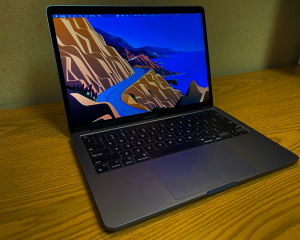As you can read regularly in the press, inflation is now a worry for our economy. One of the most often mentioned causes is ‘bottlenecks in the supply chain’. Most people have only a vague idea of what the supply chain really is, let alone where bottlenecks could exist. I introduced a diagram of the Intermediate Demand Stages the Bureau of Labor Statistics uses several months ago (View that link here). That diagram shows the general flow of demand and production throughout the economy. Because the PPI is based on the prices producers pay for their inputs, it is a good barometer of where bottlenecks are. If the PPI for a Stage is higher in relation to the other Stages, chances are that’s where a bottleneck exists.
The accompanying flow diagram uses the ID Stages theme to follow the demand trail of a pair of scissors you buy at the local office supply store. It should make the linked diagram and the basic idea clearer for you (I hope!). I will post a more complete look at what and where these bottlenecks are all about in the very near future, but for now, here’s a scenario of a possible bottleneck in the production of our scissors. I’ve created the scenario using August’s actual PPI data.
August’s PPI for Unprocessed Goods for Intermediate Demand, 12-month change, was 50.1%. The Four Stages numbers of interest for that same period are: Stage #2: Up 21.8% and Stage #1: Up 21.1%. The one-year time frame encompasses the break from the Covid period shutdown. The PPI numbers above indicate that there’s a bottleneck in getting ‘raw materials’ (Unprocessed Goods) from the source and to the processors (Stage #1 & #2). Back to our scissors. The higher price you paid reflects the price increases in the PPI we just highlighted. In our scenario, the higher increases in S#1 and S#2 indicate more demand than supply of the materials like steel, plastics, etc., so products dependent on those materials will cost more and have longer lead times. So, scissors, when you bought them, cost more and are in low inventory throughout the system.





No comments! Be the first commenter?